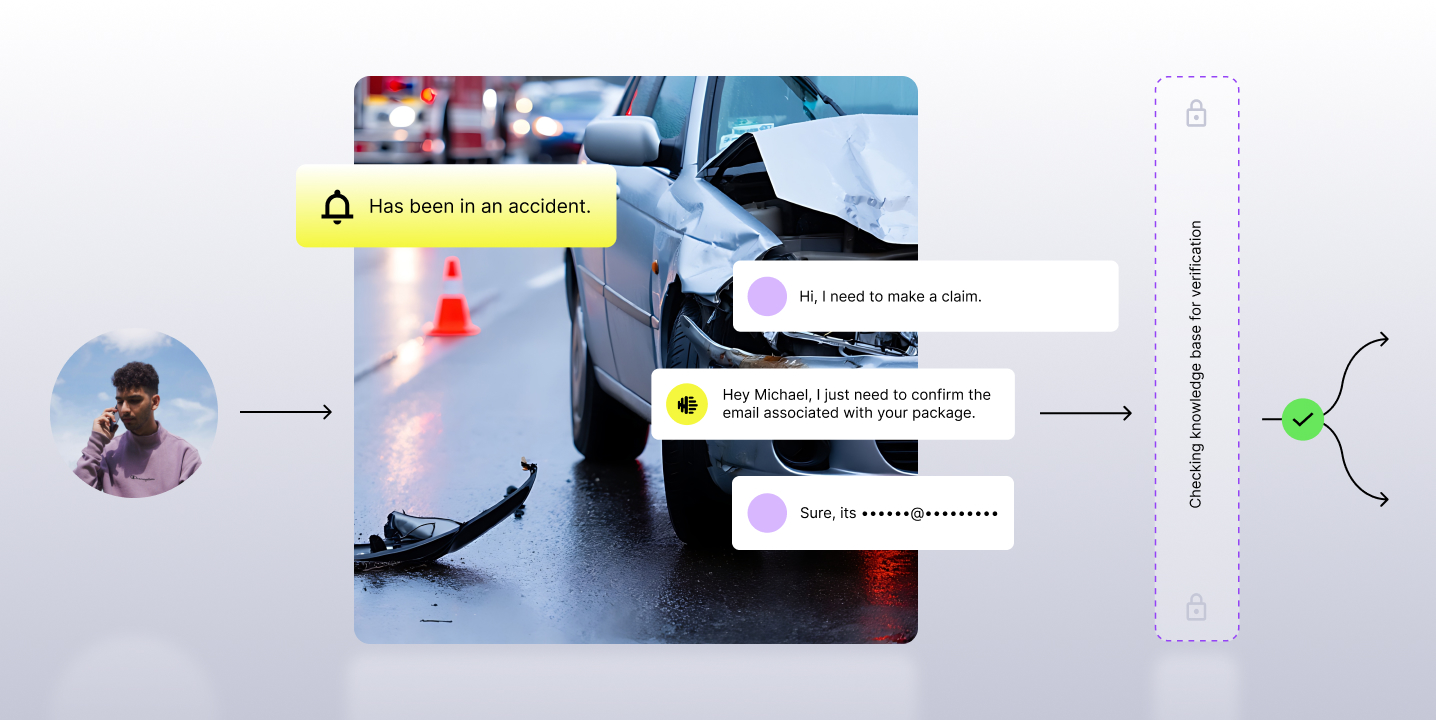In recent weeks, companies small and large are encouraging or mandating employees to work from home, and that number continues to grow. In turn, it’s caused a massive shift in the way companies operate, employees work together, and business is done. And for many, they’re putting together a remote work plan for the first time.
In tandem with a massive surge in support calls from customers, it’s clear this is especially challenging for contact centers staffed with hundreds or thousands of onsite agents. It’s critical that companies think strategically about how to support agents and their experience as they shift to working from home where supervisors are not available for instant support from the call center floor.
This affects everything from QA and compliance, to coaching and training, to overall organization morale. In this blog post, we’ll walk through things contact center leaders can do to better prepare and enable agents to work remotely.

1. Communicate Expectations and Benchmarks to Keep Agents on Track
Moving from onsite to remote is a big adjustment for agents. Resources they had at their disposal before, like in-person feedback, may not be as accessible as they once were. Being sure to clearly communicate and set remote work expectations, and measuring those expectations against KPIs - like After Call Work (ACW) and Average Handle Time (AHT) is key to ensuring agent productivity through changes. If KPIs decline, organizations now have more detailed data they can use to improve them.

2. Ensure 100% Call Coverage
At the same time, with surges in call volume taking place in many industries, gaining insights into every interaction, including customer sentiment, supervisor escalations, and average handle time, is the foundation for making data-driven decisions and more accurate predictions into what’s to come.
Keeping a finger on the pulse helps influence decisions around operational efficiency, agent effectiveness, and compliance, no matter how many voice calls are taking place daily. Now more than ever it’s critical that businesses have insights into 100% of calls.
3. Prepare for New Redaction and Compliance Challenges
It’s much easier to control compliance when agents are onsite. Working remotely creates new challenges around ensuring and maintaining security across voice calls and the safety of Personally Identifiable Information (PII) data. That means developing new policies, standards, and procedures for a remote agent’s environment, and making sure that proper monitoring is in place to identify and mitigate gaps.
At Observe.AI, we’ve made it a priority to automatically redact sensitive information from calls so that businesses don't have to worry about compliance while also using AI to surface compliance risks from 100% of calls.

4. Promote Targeted Coaching to Create Connectivity
One of the biggest benefits of a contact center AI platform is providing insights to influence tailored agent coaching down to the individual agent level. Those 1:1 or small group coaching sessions are vital to both enabling agents with the training they need most, but foster connectivity and community in the workplace.
As a result, it’s critical organizations don’t let that value go, so finding new ways to conduct frequent coaching sessions virtually to maintain connections. It’s important to focus on developing agents’ core skills, such as compliance, process adherence, and social skills like empathy.

5. Act and Iterate Rapidly to Support Agents
Without in-person support to debrief on moments from potentially challenging calls, organizations must find new ways to create and disseminate valuable information and actionable insights. Rapidly training and consistently creating content for your internal knowledge base (IKB), is a powerful way to continue to up-level agent performance even when agents are distributed.
And using contact center AI to gain context and inform new talk tracks helps teams quickly better understand how to handle complex situations that may arise with surging call volumes. The most important thing is to let agents know you are listening and adapting at this time and that they will continue to be well-supported.
6. Celebrate Achievements and Top Performers
With a distributed workforce, often celebrating successes and achievements fall by the wayside. Doing it virtually is more challenging, but recognizing achievements is key to maintaining morale. Find new ways to promote individual and team wins, like social media posts from leadership or quick video recordings.
For many of our customers using contact center AI, even a quick comment can go a long way -- especially one to recognize strong performance, such as turning around Customer Sentiment on a call, or encouraging agents after they’ve had to deal with a particularly difficult call moment.
7. Lay a Foundation for Distributed Work in the Future
More and more cases are being made that remote work is the future of the workplace. Part of ERC’s agent workforce is distributed already, and more large contact centers are adopting remote work across their teams. With that trend, nows the time to lay the foundation for managing a remote agent workforce including, from voice call monitoring to new ways of training and coaching to ensuring compliance and security across the organization.
The shift will change how entire contact centers operate, from agents to leadership, and contact center AI is the key to ensuring that data is influencing decisions.
About the Author
Joe Hanson leads content marketing at Observe.AI. Want to guest blog? Or maybe you have some expertise you want to share? Connect with him on LinkedIn.
















